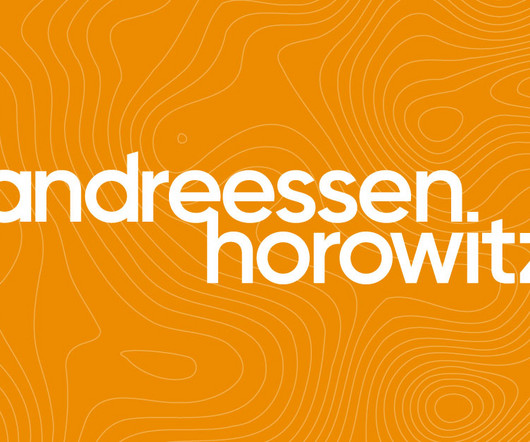The Long-Term Value of Loyalty
Both Sides of the Table
APRIL 27, 2010
Most of what I learned about operating startups I learned from the really tough years at my first company from 2001-2003. My company had raised venture capital in April 2001 but we were told that there may never be any more coming. and we ultimately sold when we hit $14 million and had more than $30 million in backlog revenue.


















Let's personalize your content